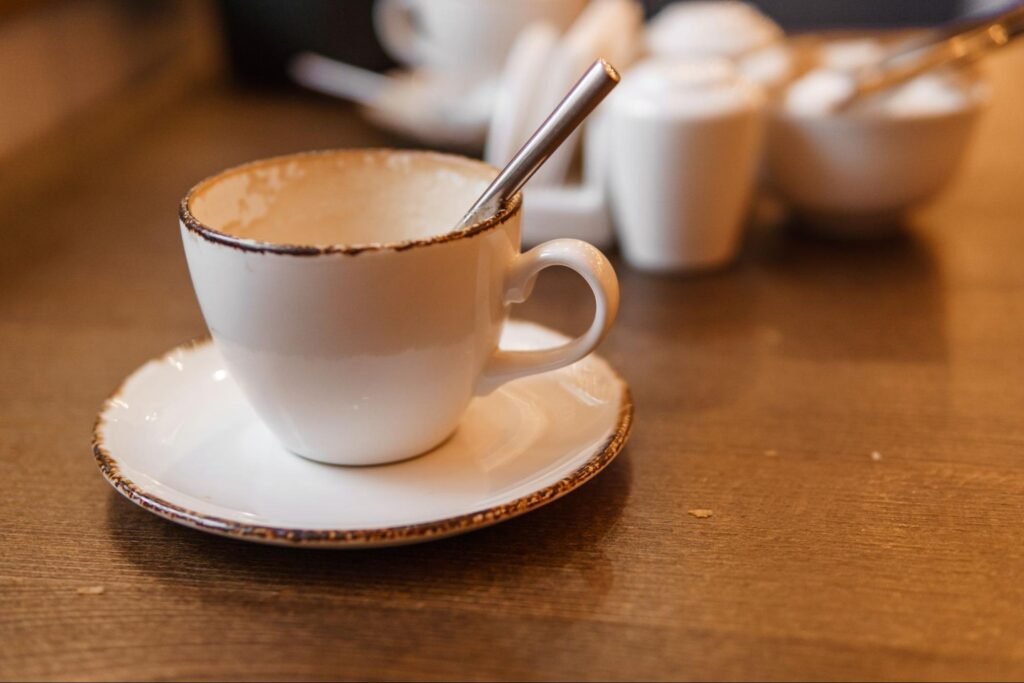
Artisanal Rituals for a Memorable Customer Experience
How can brands create a more balanced and memorable customer experience by blending artisanal product quality with thoughtful everyday rituals that keep people coming back?
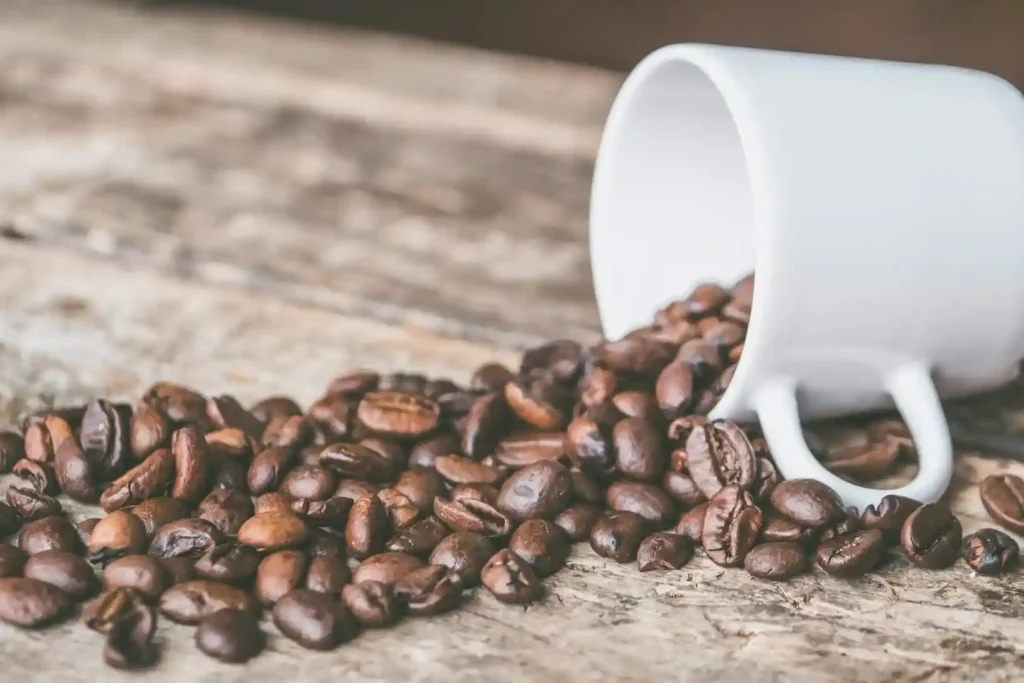
Caffeine content in coffee roasts has baffled many coffee enthusiasts. If you think darker roasts have more caffeine, you’re not alone—but you might be surprised.
Here’s a quick answer:
The myth that darker roasts mean more caffeine comes from their strong flavor and darker color. However, the roasting process doesn’t change caffeine levels. Caffeine is stable, even as beans lose moisture and mass.
As beans roast, flavors transform, resulting in the nuanced profiles we savor. Understanding this, you can explore captivating coffees like Mexican Oaxaca and Ethiopian Yirgacheffe from Equipoise Coffee. These ethically sourced options offer distinct flavors without compromising caffeine stability.
Whether you prefer a light roast’s bright profile or the boldness of a dark roast, know that your caffeine content remains steady. Choose based on taste and experience, not myths about caffeine.

Caffeine content in coffee roasts terms to remember:
When it comes to caffeine content in coffee roasts, the truth might surprise you. Many believe darker roasts pack more caffeine. But, that’s just not the case.
Light Roasts: These beans are roasted for a shorter time. They are light brown, with no oil on the surface. Many think they have less caffeine because they taste milder. But, they actually retain slightly more caffeine per bean compared to dark roasts. This happens because they lose less mass during roasting.
Dark Roasts: These beans are roasted longer and become darker. They have a bold flavor and oily surface. The intense taste might make you think they have more caffeine. However, they don’t. The roasting process leads to a loss of mass, not caffeine.
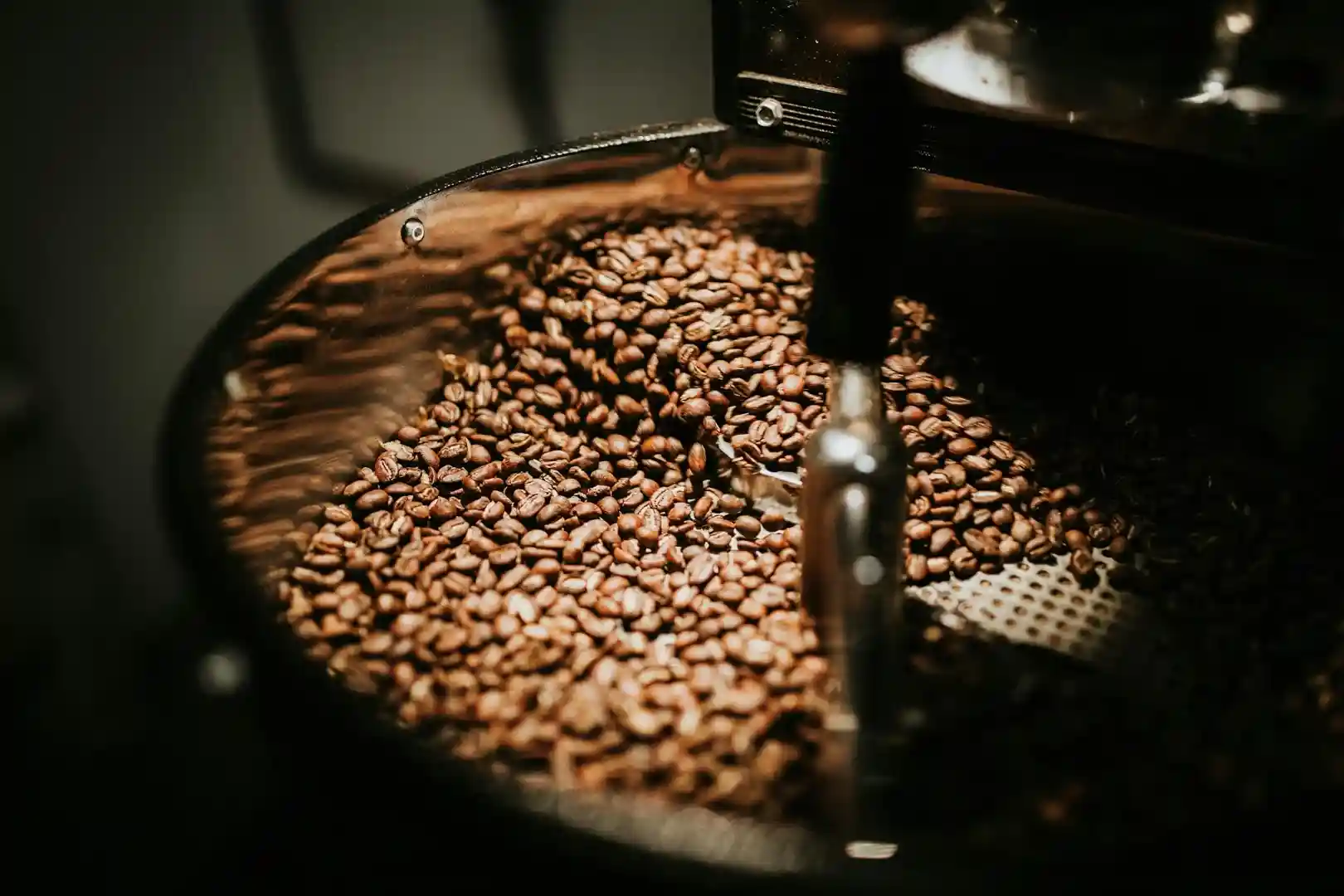
The way you measure your coffee can affect how much caffeine you get:
Consider Mexican La Laja Honey from Equipoise Coffee. It’s a light roast with a bright flavor. If you measure it by weight, you’ll get more caffeine than its dark roast counterpart, even if both are brewed similarly.
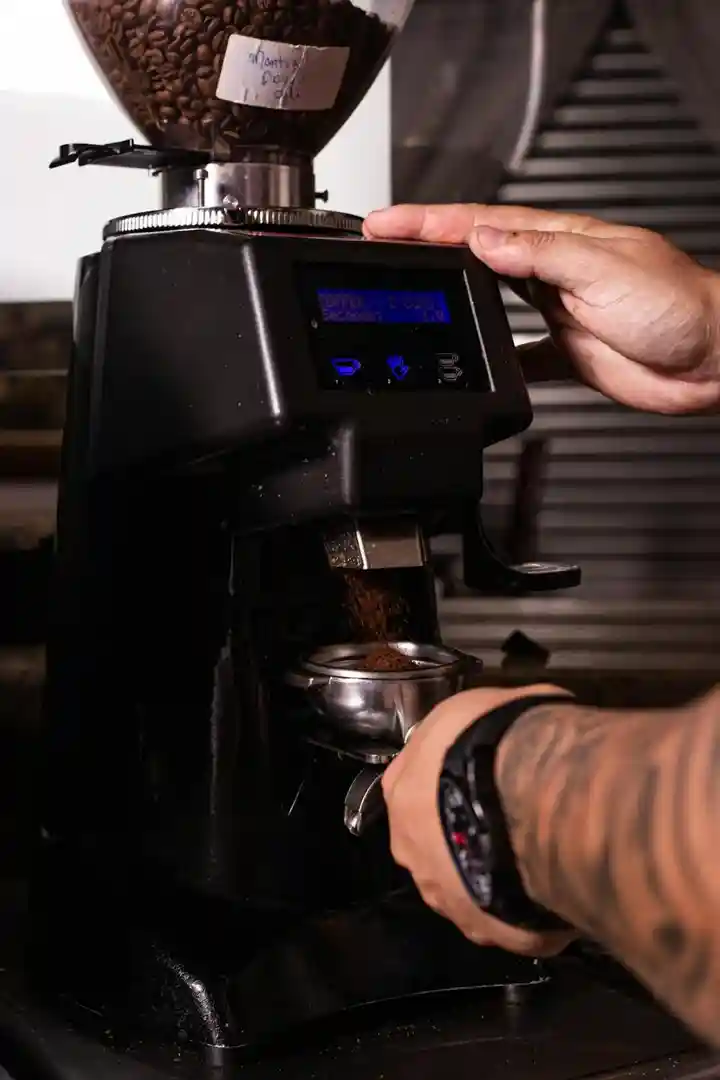
Whether you choose a light or dark roast, the caffeine content remains relatively stable. Your choice should be about flavor, not caffeine myths. Explore different options like Columbian Supremo or Ethiopian Yirgacheffe from Equipoise Coffee to find your perfect cup.
When it comes to caffeine, several factors play a crucial role in determining how much you get in your cup. Let’s break down the main ones: bean type, brewing method, and serving size.
The type of coffee bean you choose significantly affects caffeine content. There are two main types: Arabica and Robusta.
How you brew your coffee can also impact caffeine extraction. Different methods extract caffeine at different rates:
The amount of coffee you drink directly affects your caffeine intake. Larger servings naturally contain more caffeine. For example:

Take Cavaliers Blend from Equipoise Coffee. If you brew it using a French press, you might extract more caffeine compared to a drip method due to the longer contact time. Adjusting the serving size can further tailor the caffeine level to your preference.
Understanding these factors helps you manage your caffeine intake and enjoy your coffee just the way you like it. Whether you’re sipping on Mexican Oaxaca or Ethiopian Yirgacheffe, knowing these details can improve your coffee experience.
Coffee roasts are like personalities. Each has its own distinct characteristics and flavors. Let’s explore light roast and dark roast coffee.
Light roast coffee is all about preserving the bean’s original flavors. It’s roasted at lower temperatures for a shorter time. This keeps the beans light brown with no oil on the surface. The result? A coffee that’s bright, crisp, and acidic. You’ll often taste fruity or floral notes.
Light roast coffee is like a gentle symphony of flavors, neatly showcasing the distinct characteristics of a coffee bean’s origin. For instance, Ethiopian Yirgacheffe is known for its bright citrus and berry notes, which shine beautifully in a light roast.
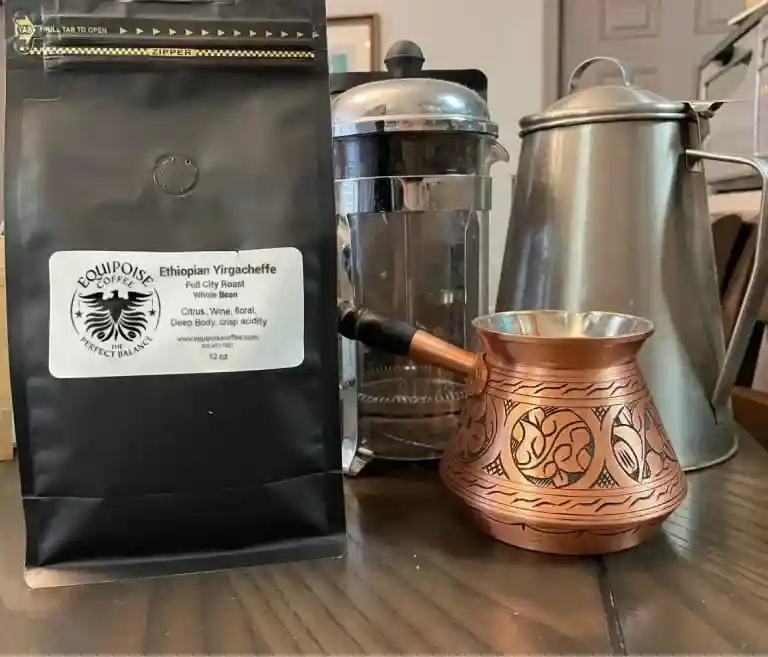
Dark roast coffee goes through a longer roasting process at higher temperatures. This gives the beans a dark brown or even black color, often with an oily surface. The flavors? Bold, robust, and smoky.
Dark roasts lose some of the bean’s original characteristics, but they gain a rich, full-bodied taste. They often have notes of chocolate, nuts, and caramel. If you’re brewing Colombian Supremo, expect a strong and intense flavor profile typical of dark roasts.
So, how does roast level impact flavor? Light roasts preserve the bean’s natural flavors, offering a complex and nuanced cup. They are perfect for those who enjoy exploring subtle tastes.
On the other hand, dark roasts provide a strong and straightforward flavor. They are ideal for those who prefer a more intense coffee experience. The roasting process caramelizes the sugars, creating a richer taste with a smoky finish.
Whether you choose a light or dark roast depends on your taste preference. Do you want to savor the intricate flavors of a light roast or the deep, robust notes of a dark roast? The choice is yours.
Understanding these characteristics can guide you in selecting the ideal roast for your taste. Whether you savor the Mexican La Laja Honey or prefer a different blend, being aware of these nuances can lift your coffee enjoyment.

Brewing coffee is an art, and the method you choose can greatly affect the caffeine content in coffee roasts. Let’s explore how different brewing techniques impact caffeine extraction.
The French press is a classic brewing method that involves steeping coffee grounds in hot water before pressing them with a plunger. This method allows for a longer contact time between water and coffee, which can lead to higher caffeine extraction. If you’re using a dark roast, expect a bold, full-bodied cup with robust flavors. A light roast will deliver a delicate, nuanced brew.
Tip: For a stronger caffeine kick, use a finer grind and extend the steeping time.
Espresso is all about speed and pressure. It uses finely ground coffee and hot water forced through the grounds under high pressure. This results in a small, concentrated shot of coffee that packs a punch. Despite its small size, espresso has more caffeine per ounce than most other brewing methods.
Espresso is ideal for dark roasts, enhancing their bold, smoky flavors. Light roasts can taste more acidic and bright in this method.
Drip brewing, also known as filter coffee, is one of the most common methods. Hot water drips through coffee grounds, extracting caffeine and flavors as it passes through a filter. This method offers a balanced cup, perfect for both light and dark roasts.
The caffeine content depends on the coffee-to-water ratio and the grind size. A coarser grind and a longer brew time can increase caffeine extraction.
Cold brew is a unique method that involves steeping coarsely ground coffee in cold water for an extended period, usually 12 to 24 hours. The result is a smooth, less acidic brew with a subtle flavor profile. Cold brew can have higher caffeine content due to the long steeping time, but it depends on the coffee-to-water ratio used.
Cold brew offers a unique opportunity to savor the bright, citrusy notes of light roasts or the rich, chocolatey flavors of dark roasts. This brewing method brings out the best in each roast type, allowing coffee lovers to experience a refreshing beverage custom to their taste preferences.

Choosing the right brewing method can improve your coffee experience. Whether you prefer the rich intensity of espresso or the smoothness of cold brew, understanding these methods helps you tailor your coffee to your taste and caffeine needs.
Contrary to popular belief, light roasts generally contain slightly more caffeine than dark roasts. This is because lighter roasts undergo shorter roasting times, preserving more caffeine. However, the difference is minimal and often not noticeable in a single cup.
The way you measure your coffee also plays a role. Measuring by weight (grams) will give you more caffeine in a light roast due to the beans’ larger size and lower density. But if you measure by volume (scoops), dark roasts might seem to have more caffeine because the beans are smaller and denser.
The caffeine content in your coffee can vary widely based on several factors:
Serving Size: A standard 8-ounce cup of coffee contains about 95 mg of caffeine. However, larger servings, like a 16-ounce mug, can double that amount.
Brewing Method: Espresso shots, despite their small size, have about 63 mg of caffeine per ounce, which is more concentrated than drip coffee. Cold brew can also be high in caffeine due to its long steeping time.
Roast Level: As mentioned, roast level has a minor effect on caffeine content, with light roasts retaining slightly more caffeine than dark roasts.
When we talk about coffee strength, we often mean flavor intensity rather than caffeine content. Dark roasts are known for their bold, robust flavors, often described as smoky or chocolatey. They can create a perception of strength due to their intense taste.
Light roasts offer a more delicate flavor profile, with bright and fruity notes. While they might taste “weaker” to some, they can actually have more caffeine.
Caffeine stability is another factor. Caffeine remains stable throughout the roasting process, meaning the roast level doesn’t significantly impact the actual caffeine content.
When it comes to coffee, “strength” often refers more to the flavor intensity than caffeine content. If you love a rich, bold taste, a dark roast is your go-to option. These roasts are known for their deep, robust flavors that can stand out in your cup.
However, if your morning ritual revolves around a caffeine kick, a light roast might be what you need. Light roasts generally retain more caffeine due to their shorter roasting time, providing that extra energy boost without the heavy flavors.
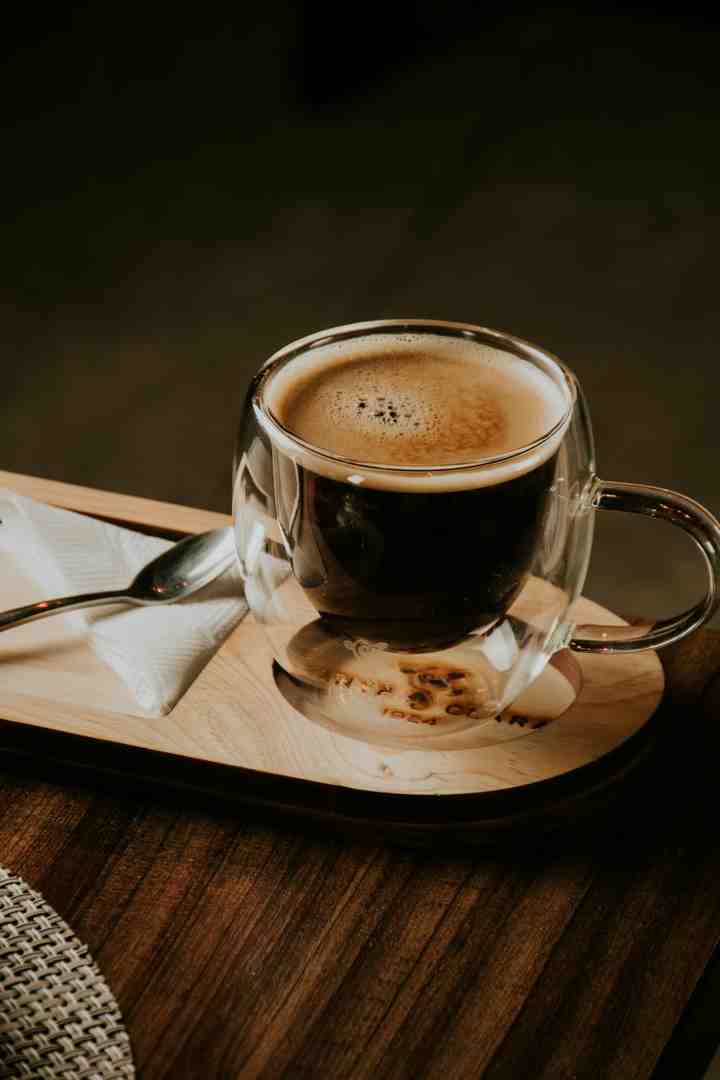
Equipoise Coffee stands out in the coffee industry with their commitment to ethical sourcing and a precise roasting process. They ensure each cup offers a balanced flavor profile that satisfies even the most discerning coffee lovers.
Their dedication to ethical sourcing means they partner with growers who prioritize quality and sustainability. This not only supports fair practices but also ensures that every sip of Equipoise Coffee is both delicious and responsible.
Their small-batch roasting technique is an artful blend of science and passion. By carefully controlling the roasting process, Equipoise Coffee highlights the unique character of each bean. The result is a smooth, well-balanced cup without any bitterness, whether you choose a light roast with bright, fruity notes or a dark roast with bold, robust flavors.
Experience the perfect balance and explore their offerings. Visit the Equipoise Coffee shop to find your next favorite roast.

How can brands create a more balanced and memorable customer experience by blending artisanal product quality with thoughtful everyday rituals that keep people coming back?

Independent coffee shops have always been about more than caffeine—they’re hubs of creativity, connection, and care. As café culture continues to evolve, new trends are
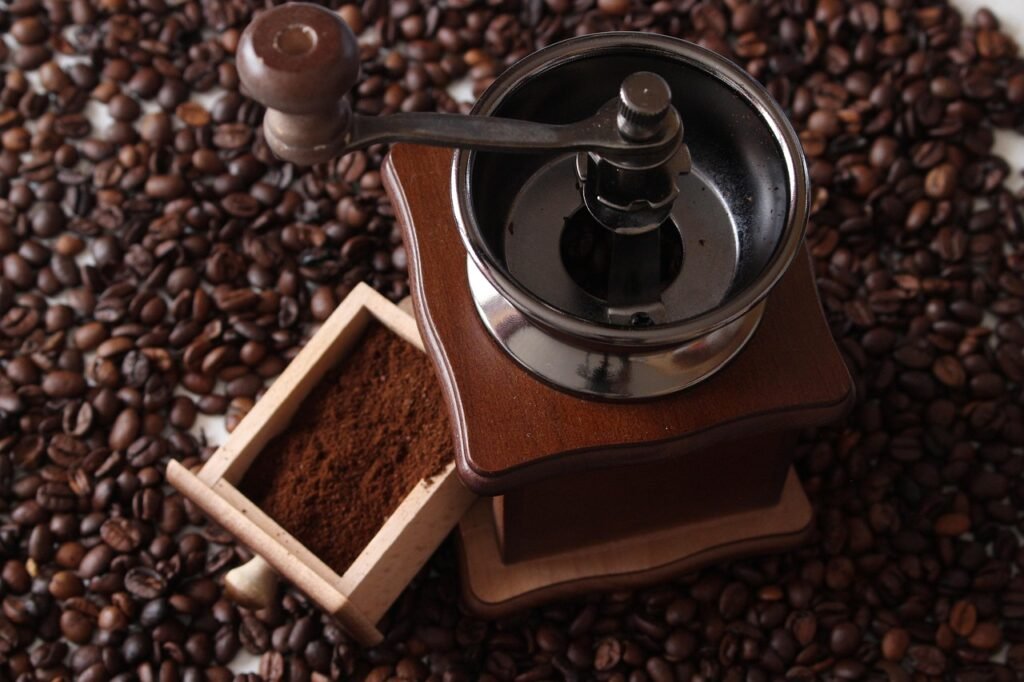
Introduction Independent cafes win when they feel like the neighborhood’s living room and operate with the discipline of a great kitchen. Below is a quick
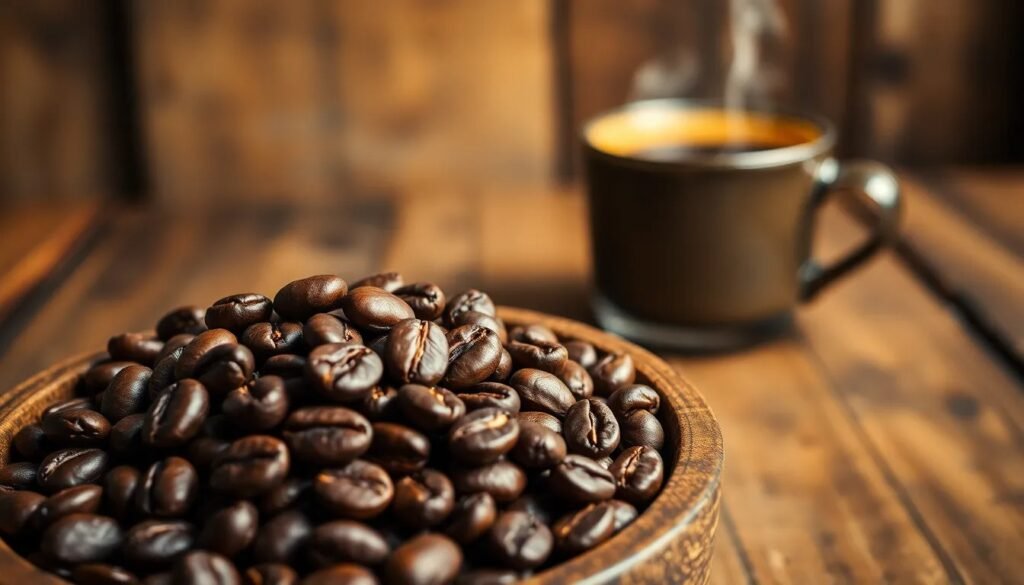
Discover how top specialty coffee brands create lasting loyalty through storytelling, sourcing, and community connection. Real tips from 6 industry experts.

Discover the ultimate showdown between two beloved coffee brewing methods: the French press and Chemex. Explore how each technique caters to distinct palates, with the French press delivering bold flavors and the Chemex presenting a bright, clean taste.

Unlock the secrets to brewing the perfect cup of coffee with our comprehensive guide on using a coffee scale. Discover how precise measurements enhance flavor and consistency while eliminating bitterness.

Discover how water temperature plays a vital role in brewing the perfect cup of coffee. This article delves into the ideal temperature range of 195°F to 205°F for optimal flavor extraction, enhancing the enjoyment of high-quality beans.

Discover the world of curated specialty coffee bundles, perfect for enthusiasts seeking quality and craftsmanship. This article explores the benefits of ethically sourced, small-batch beans from brands like Equipoise Coffee, offering diverse flavor profiles that elevate your brewing experience.

Discover the art of manual brewing to elevate your coffee experience! This article explores various techniques like pour-over, French press, and AeroPress, revealing how they enhance flavor and your connection to every cup.